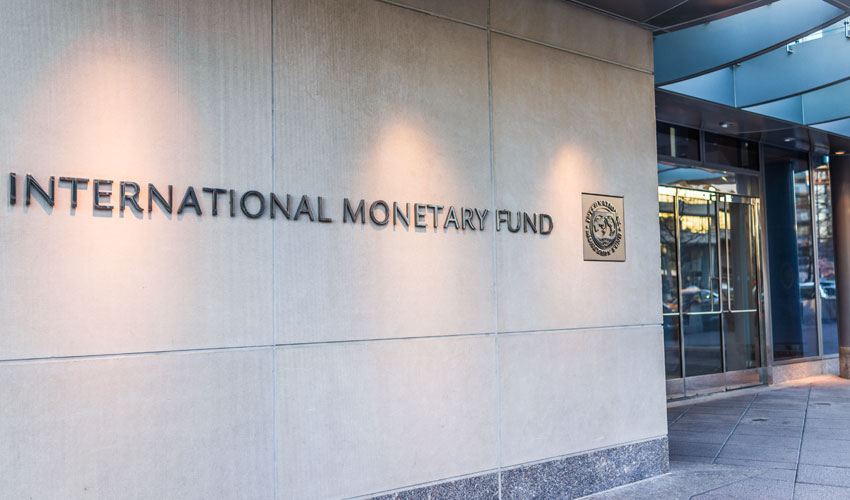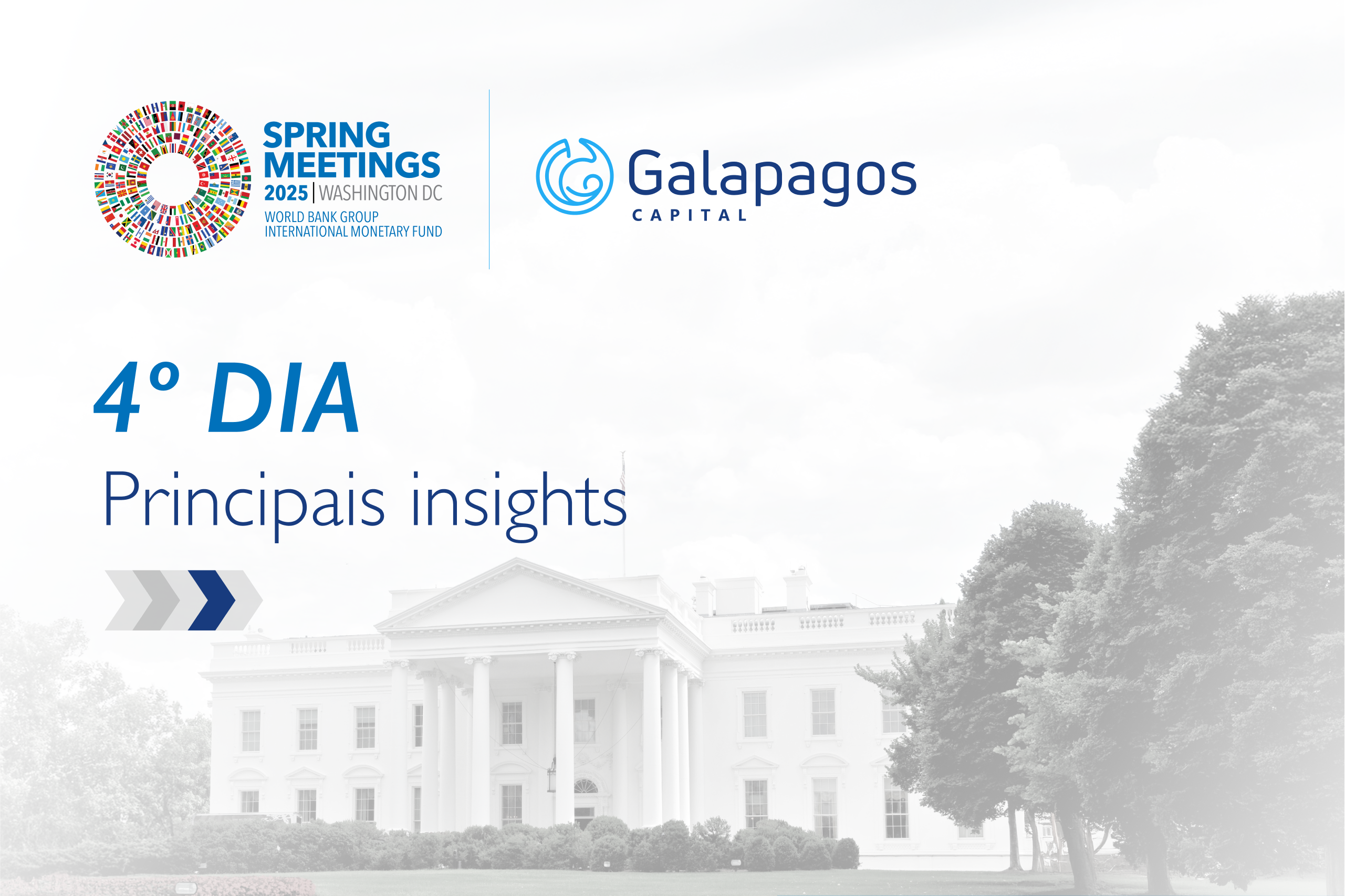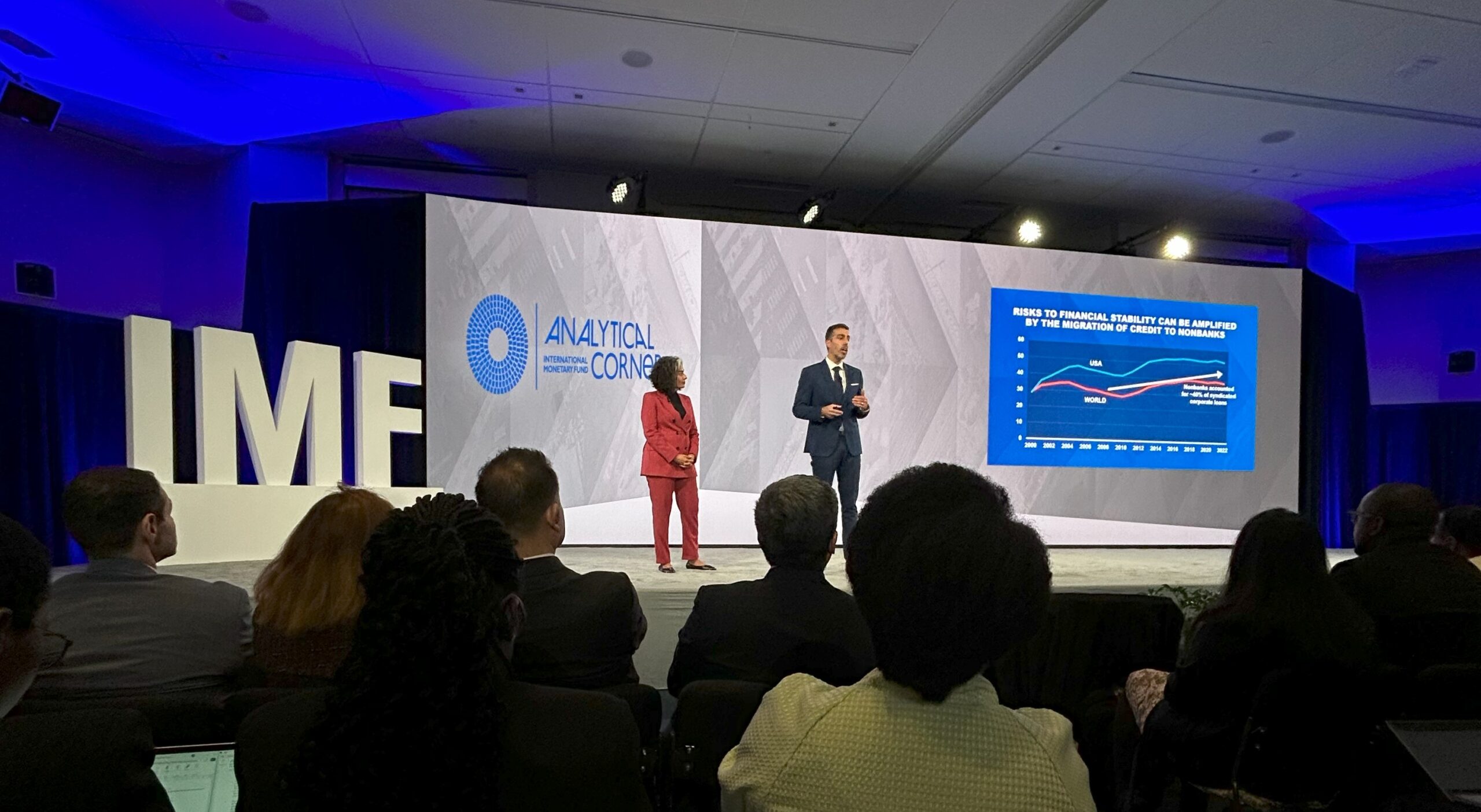Population aging is one of the most significant demographic shifts of the 21st century. With rising life expectancy and declining birth rates across multiple regions, societies are moving toward a new structure: a growing proportion of people over 60 and a proportionally smaller young labor force.
This transformation has sparked an intense debate around its economic implications. Are we facing a fiscal and productivity challenge—or an opportunity to drive sustainable growth?
The Economic Impact of Population Aging
The rising median age of the population directly affects several critical dimensions of the global economy:
- A decline in the entry of young workers into the labor force and an increase in retirements
- Heightened pressure on public pension systems and government budgets
- Potential reductions in economic productivity
- Rising healthcare costs and greater reliance on social benefits
However, according to the International Monetary Fund (IMF), these effects are not irreversible. The organization emphasizes that how countries respond to demographic aging can transform this process into a driver of innovation and economic growth, rather than a drag.
“The key is to turn aging into an engine—not a brake—for growth,” states Eric Huang of the IMF’s Western Hemisphere Department.
The Silver Economy and the Inflection Point: Healthy Aging
One of the most promising approaches is the concept of healthy aging—which focuses not only on longer lives but also on longer, high-quality, autonomous lives.
IMF data show that much of the additional life expectancy is being spent in good health, opening up opportunities to extend productive working lives, reduce early pension dependence, and actively engage seniors in the growing silver economy.
According to Andresa Lagerborg of the IMF’s Research Department:
“With the support of policies targeting preventive healthcare, lifelong learning, workforce reskilling, and the fight against ageism, it is possible to create a new cycle of productivity and well-being in longer-living societies.”
Real Opportunities: How Healthy Aging Can Boost GDP
The IMF report indicates that, with effective policy interventions, global GDP growth could rise by an average of 0.3 to 0.6 percentage points per year over the medium term—a gain representing approximately 15% of the projected global growth rate.
Strategic Measures to Leverage the Window of Opportunity
The success of this transition depends on coordinated and proactive actions. Among the strategic measures recommended by the IMF:
- Lifelong health policies, focusing on prevention and the promotion of healthy habits from youth onward
- Labor and pension system reforms, aimed at encouraging and facilitating longer, more flexible careers
- Reducing gender disparities in the labor market, expanding the productive base and strengthening equity
“The time to act is now. Countries that manage to transform longevity into a driver of innovation, productivity, and social cohesion will be better positioned for the next phase of the global economy,” concludes Andresa Lagerborg.
Conclusion: Aging Is Not the End—It Is the Beginning of a New Economy
Population aging does not have to be perceived as a threat to development. On the contrary, if approached with intelligence and planning, it could become one of the greatest levers for sustainable, inclusive, and innovative growth.
Turning the demographic challenge into a competitive advantage is the mission of the coming decades—and the leaders who understand this will be one step ahead in building a more resilient, equitable, and prosperous future.
Want to receive the next insights directly in your inbox? Click here (Spring Meetings) and sign up on our landing page to receive all real-time updates.
Produced by Tatiana Pinheiro, Chief Economist at Galapagos Capital.














